By Joshua Kuntz
The Nanzoin Temple in the Itabashi neighborhood of Tokyo is a Buddhist temple originally established approximately 400 years ago. It was destroyed during World War II and then reconstructed in 1956. One of the unique attractions to the temple is its statue of Jizo (called “Haita Jizo”) which has an accompanying myth of being able to cure toothaches. The temple also sells omamori healing talismans for the public to take home to ward off sicknesses. An additional traditional aspect of the temple is that it maintains a cemetery on the premises.
The temple hosts a small number of practicing monks and teaches several traditional practices to the public. One such traditional practice is Ajikan meditation, which is a chanting-based practice where one focuses on the “Ah” syllable integrated into breath work.
The practices taught here, however, are not exclusively Buddhist and the temple now uses its space to host several different healing themed practices not traditionally associated with Buddhism or even Japanese culture. This move was made in response to the public voicing physical weariness as a result of their day-to-day lives and thus wanting access to more wellness-based activities. Non-Buddhist practices were integrated that could still synergize with general Buddhist approaches while supporting this public need. This shift has been part of a general movement in Japanese Buddhism away from “religious” labeling and towards adoption of “spiritual” and secular approaches in their public-facing materials relations. Some examples of these new practices at Nanzoin are as follows:
- Yoga: The temple hosts an assortment of yoga classes. Originally a Hindu practice, the classes offered here are in an American style now popular around the globe.
- Jikyo Jistu: Originally an extension of strength building practices that was adopted by Jujitsu practitioners, this series of calisthenics of Japanese origin fits well with physical mindfulness practices.
- Pilates: Originally a German body wellness practice, this set of body exercises adds yet another set of approaches towards fitness and mindfulness.
- Additionally, the temple has branched out to offer meditation sessions accompanied by music played on a Kotsubon (or “crystal harp” in English), a beautiful sounding instrument made of quartz.
The inclusion of these practices speaks to the need of the temple to fit with globalizing and secularizing trends in order to build and nourish its community as it responds to public demands and maintains its own cultural relevancy. Buddhism’s ability to adapt and align itself into a scientific framework, notably in countries like the United States, England, and Germany, lends legitimacy to Japanese Buddhist secularization. As noted by Christina Rocha (2012), access to global strategies of engagement via the internet has allowed for a global collaboration, intended or otherwise, to problem-solve how best to meet the needs of local communities. In the case of Nanzoin Temple, they have found that including a broader range of practices is a powerful expression of their Buddhism.
Media
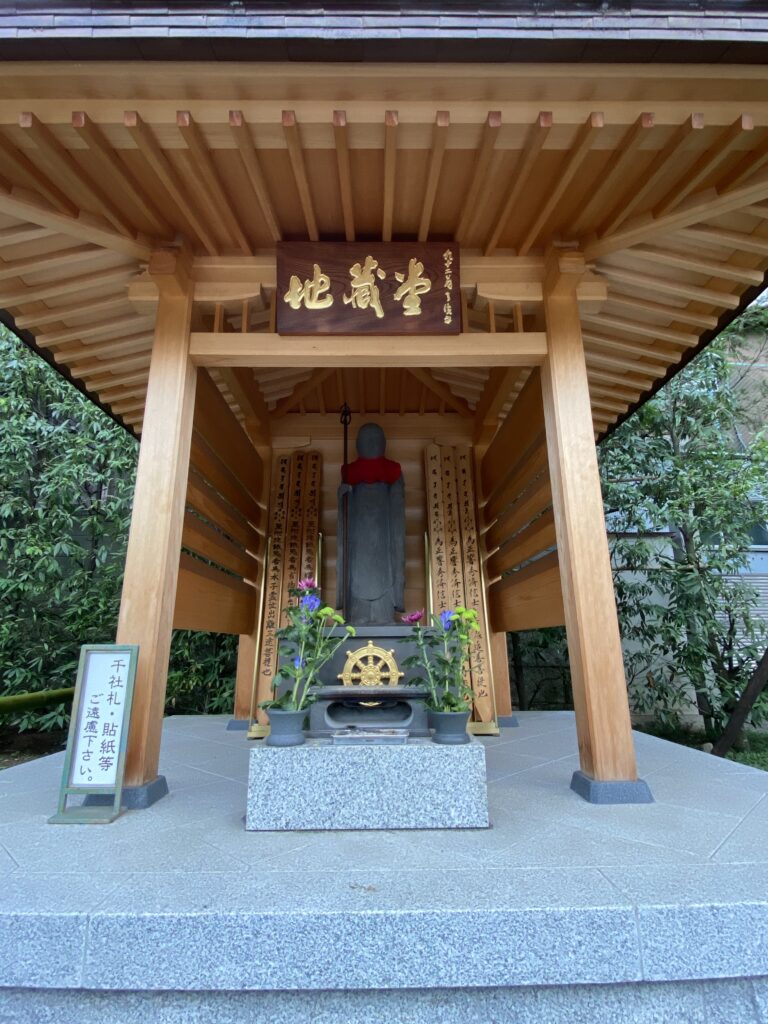
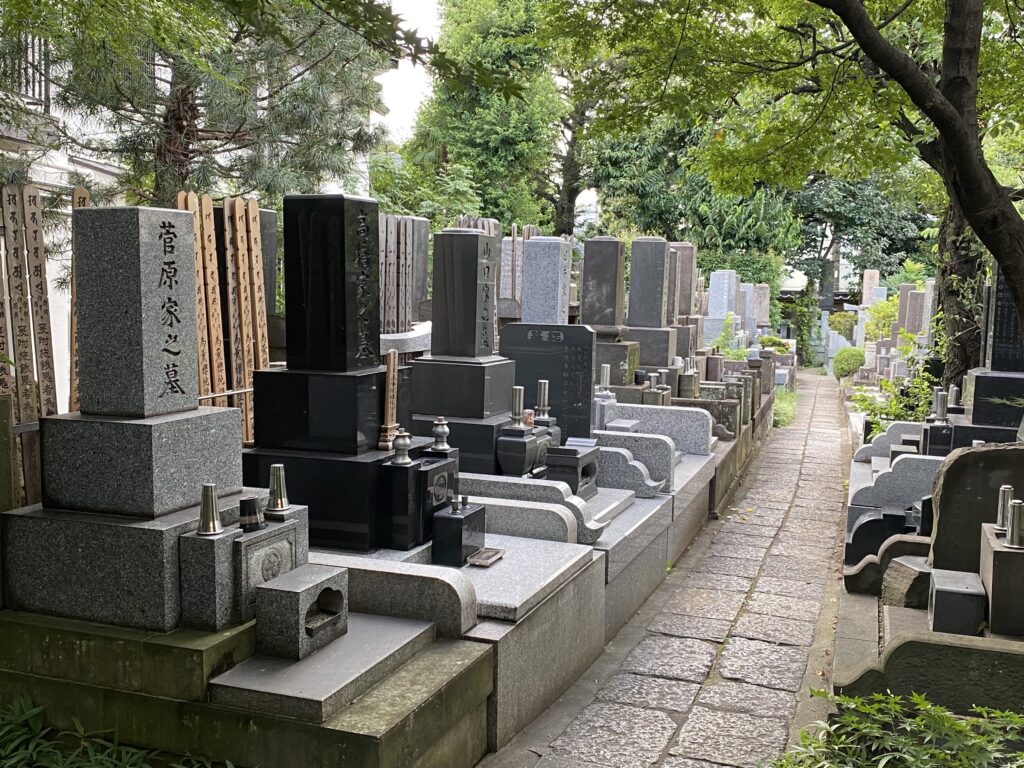
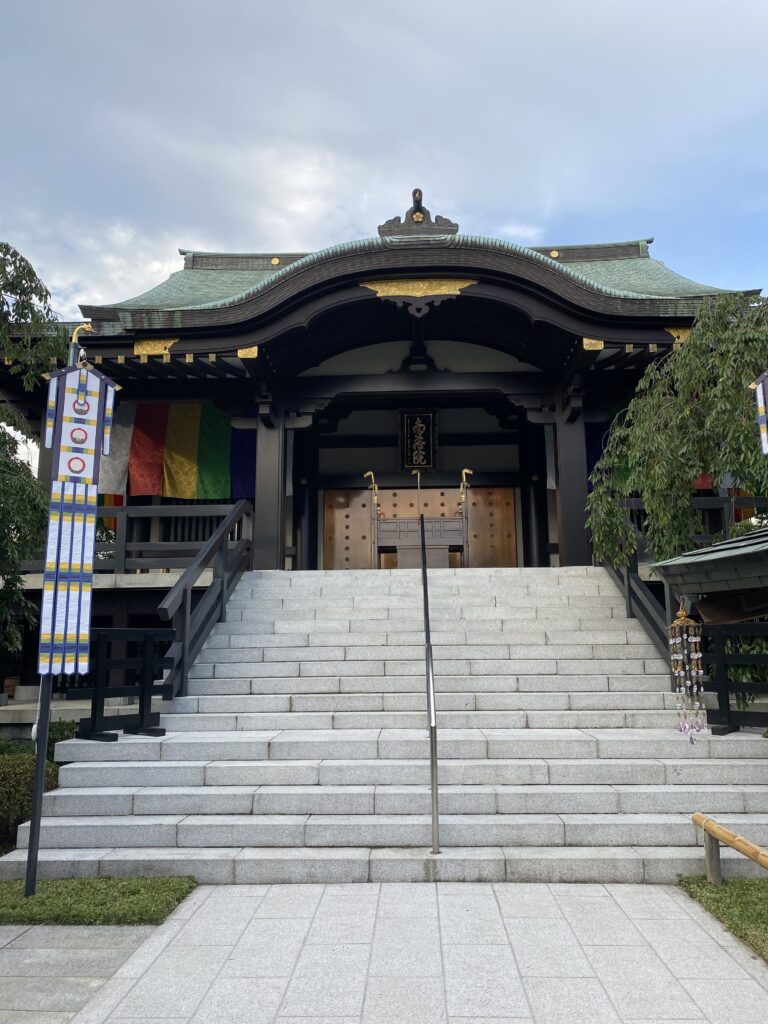
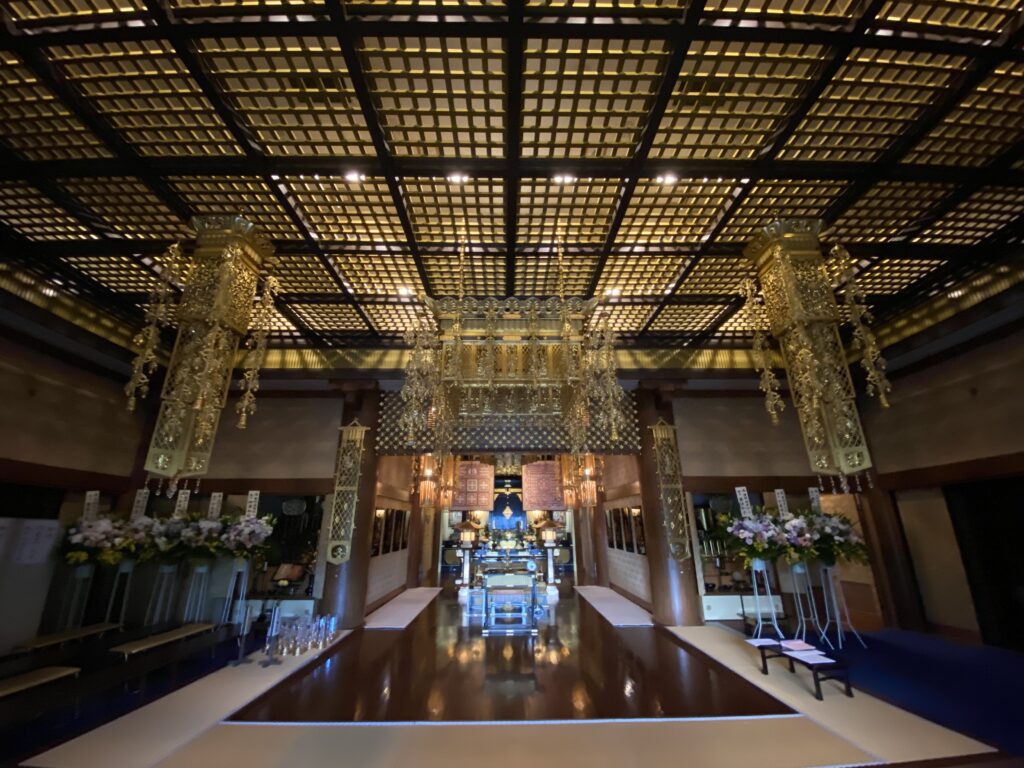
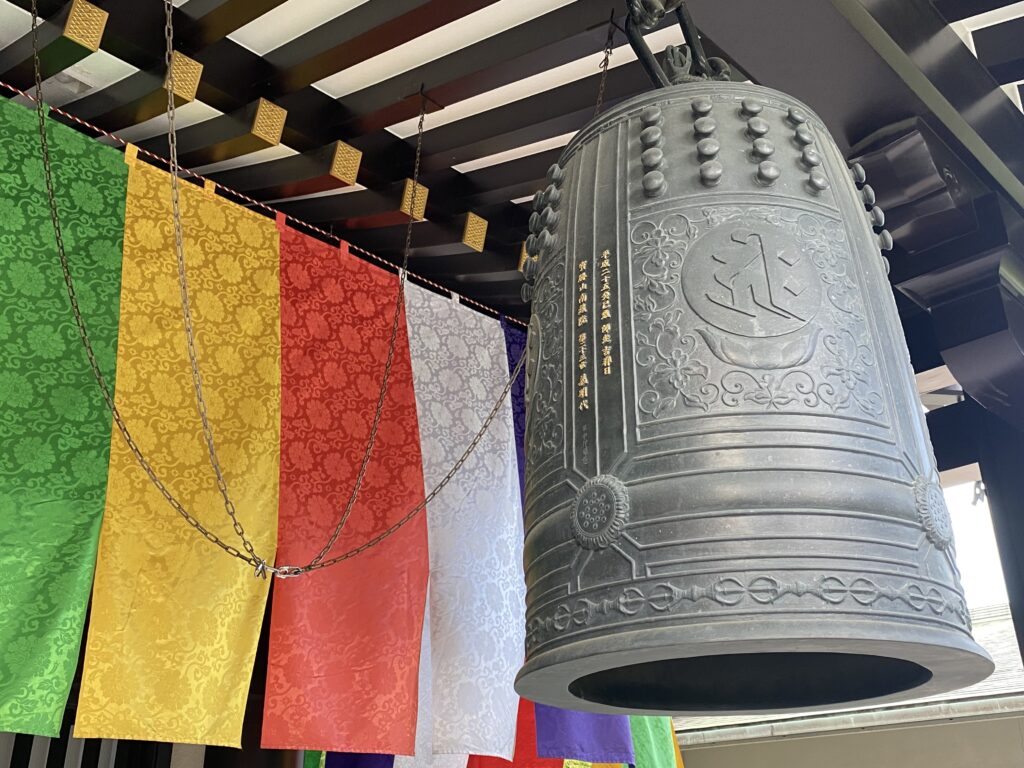
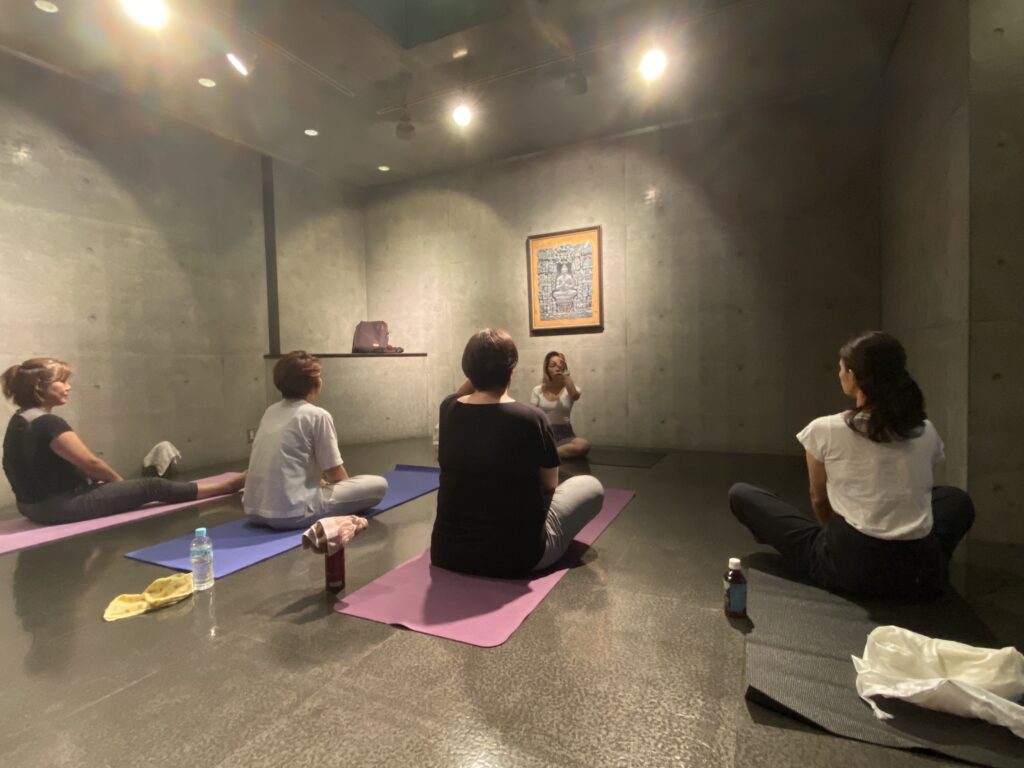
VR Tour
Click here to view the accessible version of this interactive content
Scholarly Sources
- Nelson, John K. “Japanese Secularities and the Decline of Temple Buddhism.” Journal of Religion in Japan, vol. 1, no. 1, 2012, pp. 37–60.
- Rocha, Christina. “Buddhism and Globalization.” Buddhism in the Modern World, edited by David L. McMahan, Taylor and Francis Group, 2012, p. 289-303.
- Mitchell, Scott A. “Buddhism, Media and Popular Culture.” Buddhism in the Modern World, edited by David L. McMahan, Taylor and Francis Group, 2012, p. 305-323.
- Stone, Jacqueline I. “Just Open Your Mouth and Say ‘A’: A-Syllable Practice for the Time of Death in Early Medieval Japan.” Pacific World Journal, Third Series Number 8, Fall 2006. 167-189.
- “Tamura Nobuyoshi: The Body, Core of the Practice: Budo Japan – Original Japanese Martial Arts Information and Videos.” Budo Japan, budojapan.com/feature-articles/20200914-2/. Accessed 25 Oct. 2023.
External Links
- Schumacher, Mark. Jizo Bodhisattva (Bosatsu), Ksitigarbha, Savior from Torments of Hell, Patron of Expectant Mothers. Protector of Children & Aborted Souls, Others, www.onmarkproductions.com/html/jizo1.shtml. Accessed 25 Oct. 2023.
